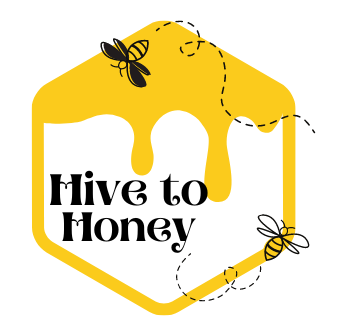Crystallized Honey
Crystallized Honey: Exploring Nature's Sweet Transformation
Crystallized honey, also known as granulated or solidified honey, is a natural process that occurs when honey undergoes a change in its physical state. While some may perceive it as a sign of spoilage, crystallized honey is actually an intriguing and entirely edible form of honey. In this article, we will delve into the fascinating world of crystallized honey, discussing its causes, characteristics, culinary uses, and how to handle this unique transformation.
Crystallized Honey:
Crystallization is a natural and common occurrence in honey. It happens when the natural sugars in honey, primarily glucose, begin to form solid crystals. The process is influenced by several factors, including the floral source, temperature, and moisture content of the honey. Some varieties of honey are more prone to crystallization than others.
Crystallized honey has a distinct appearance and texture that sets it apart from liquid honey. Here are some key characteristics of crystallized honey:
- Texture: Crystallized honey has a grainy or sugary texture due to the formation of tiny sugar crystals. The size and consistency of the crystals can vary, resulting in a range of textures from fine to coarse.
- Color: The color of crystallized honey remains largely unchanged from its original liquid state. Whether it was light, amber, or dark, the color will remain the same in its crystallized form.
- Opacity: Crystallized honey may appear cloudy or opaque due to the scattering of light by the sugar crystals. This is a natural occurrence and does not affect the quality or taste of the honey.
- Flavor: The flavor of crystallized honey remains intact. The nuances and taste profiles of the floral sources used by bees to produce the honey can still be enjoyed.
Several factors contribute to the crystallization of honey:
- Glucose Content: Honey with a higher glucose-to-fructose ratio is more prone to crystallization. Different floral sources have varying glucose levels, which can impact the crystallization process.
- Temperature: Lower temperatures accelerate the crystallization process, while warmer temperatures slow it down or even prevent it. Honey stored in cool environments is more likely to crystallize.
- Moisture Content: Honey with lower water content is more prone to crystallization. Bees naturally dehydrate nectar to produce honey, but variations in moisture content can influence crystallization.
Crystallized honey offers unique culinary opportunities and flavors. Here are some ways to enjoy crystallized honey:
- Spread: Spread crystallized honey on bread, toast, or biscuits. Its granular texture adds a delightful crunch and a touch of sweetness to your favorite baked goods.
- Toppings: Use crystallized honey as a topping for pancakes, waffles, yogurt, or oatmeal. It adds a pleasant texture and a subtle sweetness to these breakfast treats.
- Baking and Cooking: Crystallized honey can be used in baking recipes as a substitute for liquid honey. Its texture lends a delightful chewiness to cookies, granola bars, and other baked treats. It can also be used in marinades, dressings, and sauces, where its granulated form adds interesting texture and complexity to savory dishes.
If you find your honey has crystallized, there are ways to restore its liquid state and maintain its quality:
- Gentle Heating: Place the jar of crystallized honey in a warm water bath, or warm it in a microwave using short intervals and gentle heat. Be careful not to overheat the honey, as excessive heat can degrade its beneficial properties.
- Slow and Steady: Let the jar of honey sit at room temperature after gentle heating, allowing the crystals to dissolve naturally over time. Patience is key when returning honey to its liquid form.
- Avoid High Heat: Avoid heating honey directly on stove tops or in boiling water, as excessive heat can alter its flavor and diminish its nutritional value.
Crystallized honey is a natural transformation that adds an intriguing twist to the world of honey. Rather than considering it a flaw or an indication of spoilage, embrace crystallized honey as a unique and edible form of this golden elixir. Experiment with its texture and enjoy its distinct flavor profiles in a variety of culinary applications. Remember, honey’s crystallization is a testament to its purity and natural characteristics, and with a little care, it can be brought back to its liquid state or enjoyed in its granulated form.
More From The Hive:
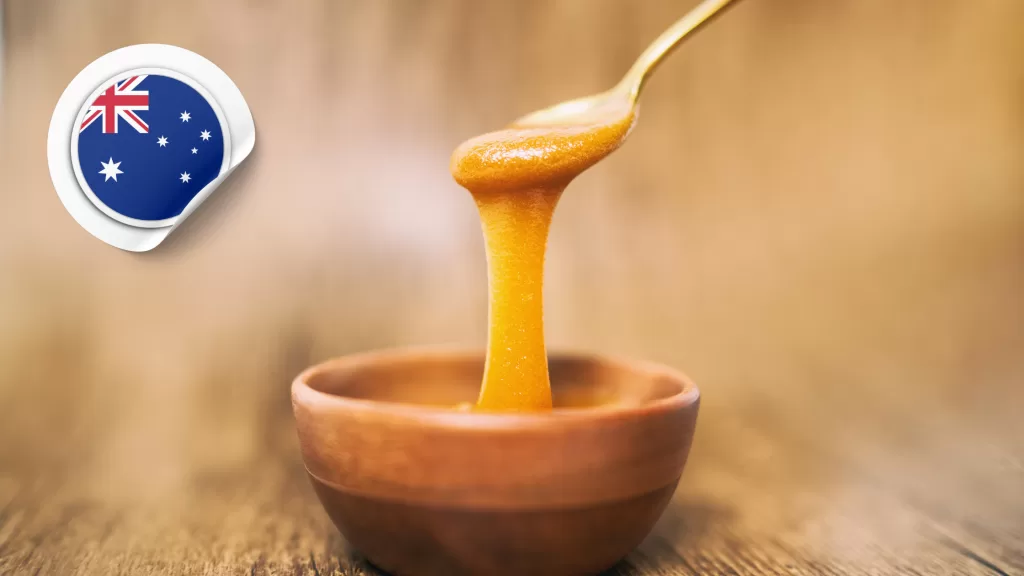
A Comprehensive Guide to Australian Honey: Types, Production, and Benefits
Australia is home to some of the world’s finest honey, known for its unique flavors, exceptional quality, and health benefits. Thanks to its diverse flora and pristine natural environment, Australia produces honey that reflects the rich biodiversity of its landscapes. Whether it’s the famous Manuka honey from the Leptospermum trees
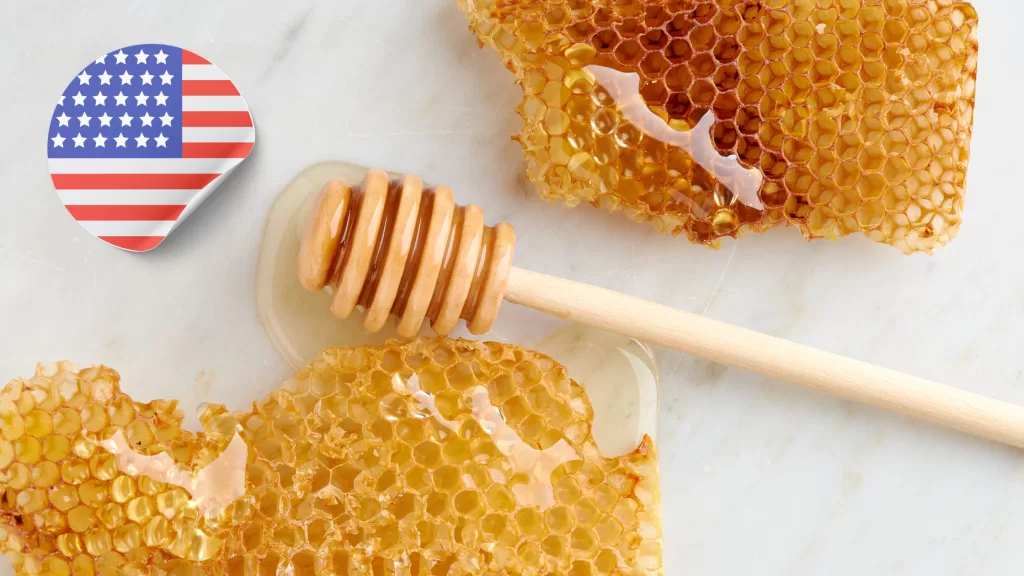
An In-Depth Guide to Honey in the United States of America (USA): Types, Production, and Benefits
Honey, one of nature’s sweetest treasures, has been an integral part of human diets and cultures for thousands of years. In the United States of America (USA), honey production is not only a thriving industry but also a testament to the country’s diverse ecosystems. From the tropical blossoms of Florida
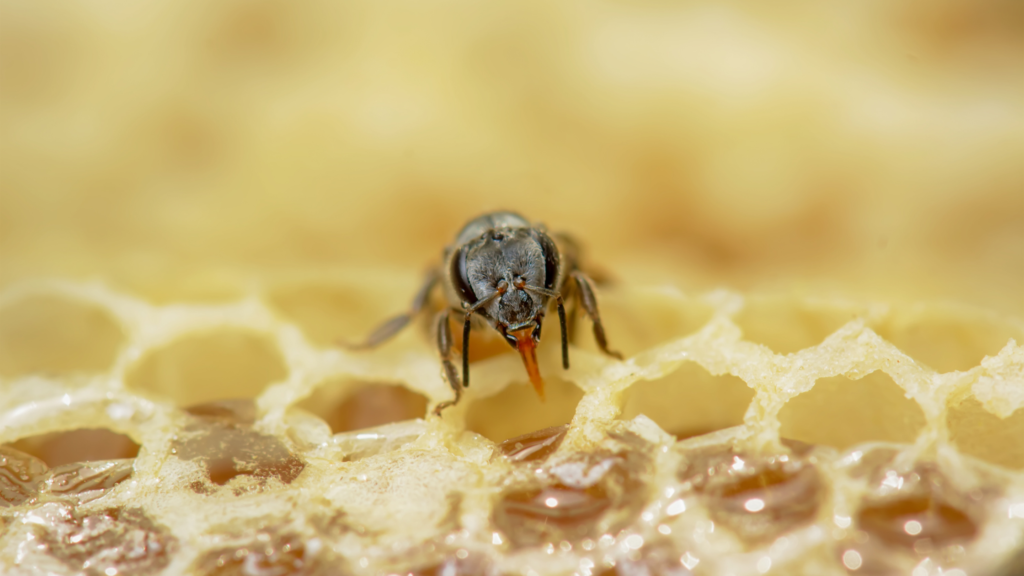
The Small Honey Bee (Apis florea): A Comprehensive Guide to One of Nature’s Tiny Pollinators
The Small Honey Bee, scientifically known as Apis florea, is one of the lesser-known species of honey bees, yet it plays a vital role in the ecosystems of Asia and parts of the Middle East. Despite its size, the Apis florea bee is a remarkable pollinator, and its unique biology
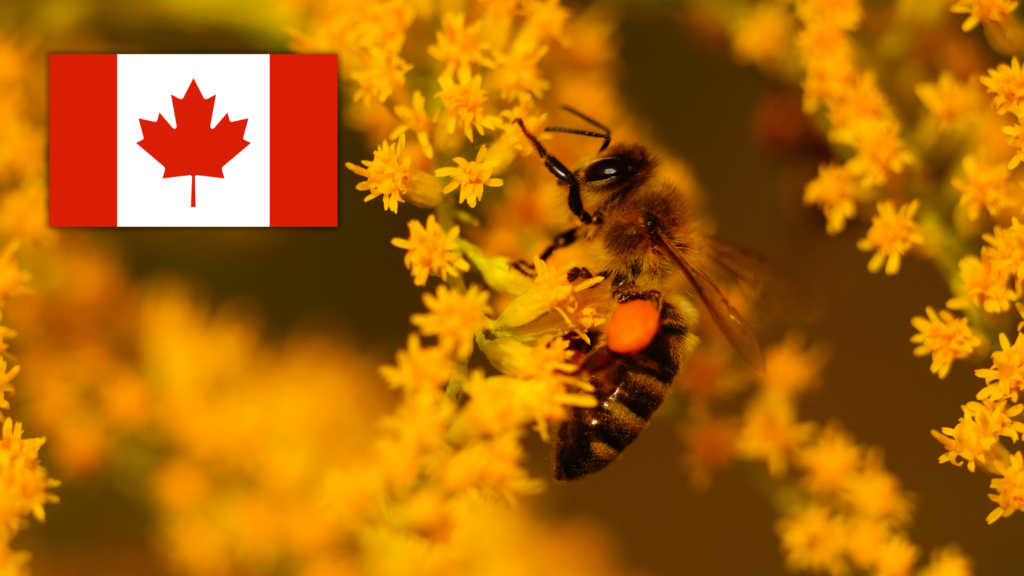
Exploring the Sweet Diversity of Canadian Honey: A Guide to Types and Flavors
Canada is home to a rich tapestry of landscapes and climates, each contributing to the unique flavors and types of honey produced across the country. From the prairies of Alberta to the forests of British Columbia, Canadian honey reflects the diverse flora that bees visit. In this blog, we will
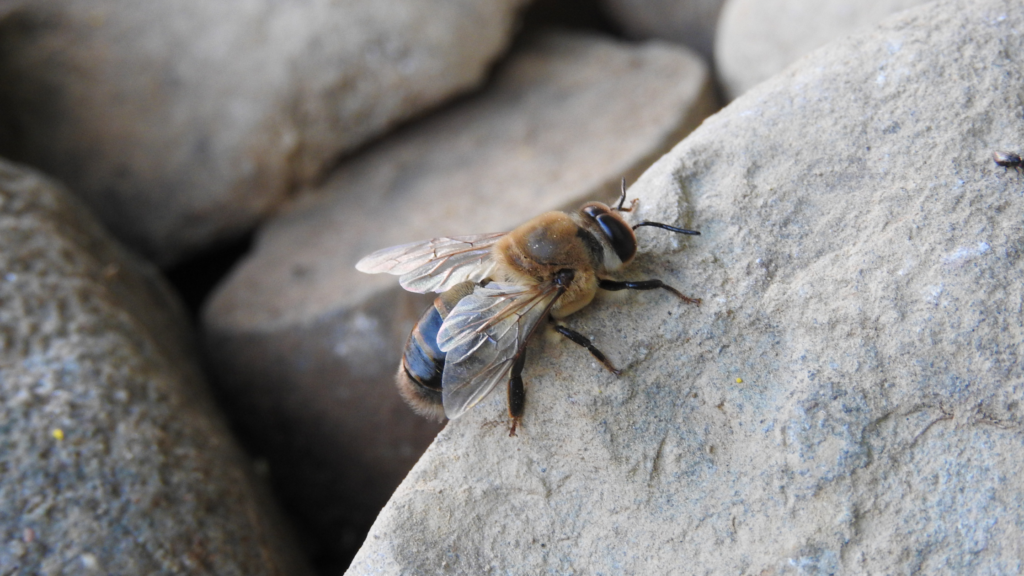
The Rock Honey Bee (Apis laboriosa): Guardians of the Himalayan Honey
The Rock Honey Bee (Apis laboriosa) is an awe-inspiring species that thrives in the rugged landscapes of the Himalayas, where it builds massive nests on vertical cliffs. Known for producing highly prized wild honey and for its ability to endure extreme mountain conditions, this bee species has captivated researchers, beekeepers,
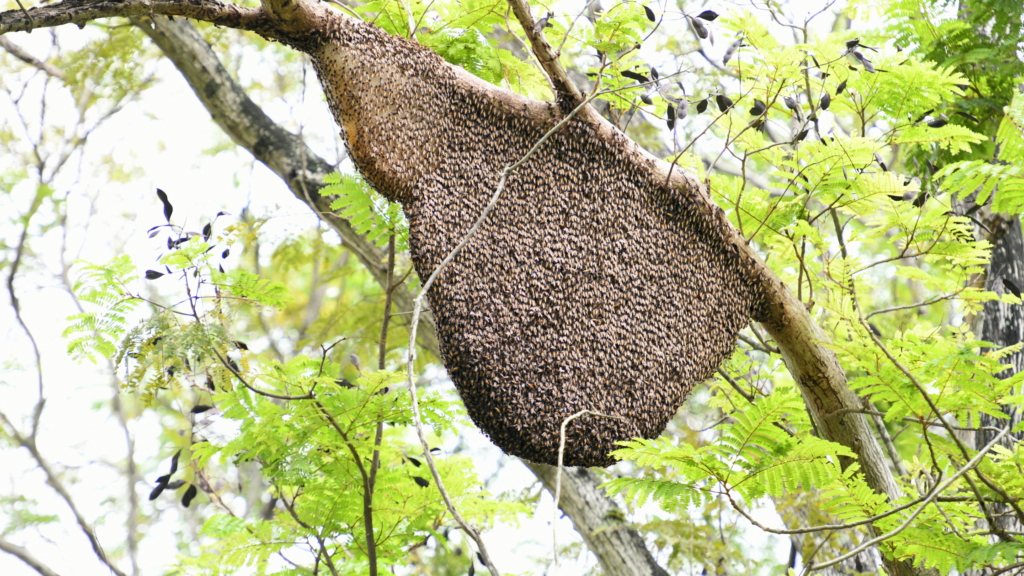
The Giant Honey Bee (Apis dorsata): Nature’s Fearless Honey Maker
The Giant Honey Bee, scientifically known as Apis dorsata, is a remarkable species native to South and Southeast Asia. Known for its impressive size, bold temperament, and incredible honey-producing capabilities, this bee plays a crucial role in the ecosystem and supports human livelihoods. Despite its importance, the Giant Honey Bee
